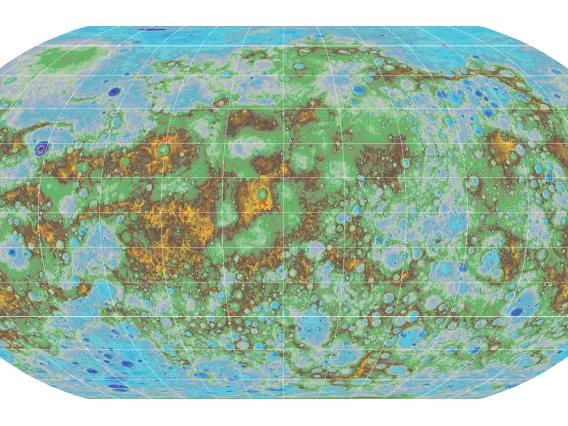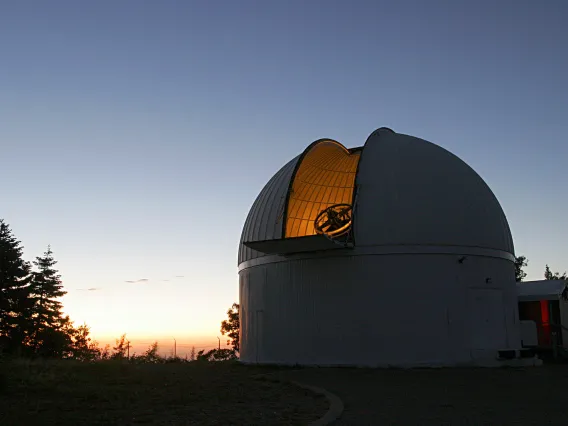LPL Newsletter: May 2018
Tuesday, May 1, 2018
This month’s LPL Newsletter highlights two stories about very different aspects of the work at LPL. One is about an object that LPL’s Catalina Sky Survey discovered just before a very close encounter with Earth. Catalina Sky Survey and SPACEWATCH® have long been among the premier surveys looking for the asteroids that might one day impact Earth.
The other story is about a new study of the least-studied of the planets, Mercury. Using data from MESSENGER, which was only the second spacecraft to get near Mercury, Associate Staff Scientist Michael Sori has calculated the thickness and density of the innermost planet’s crust. Although not as visually stunning as the first image of a feature, or as immediately relevant as a potentially hazardous asteroid, this sort of careful analysis is what makes it possible to build the models of the formation of the planets that subsequent spacecraft to Mercury and other planets can test.
Read and enjoy. If you were forwarded this link and would like to subscribe to the newsletter, please let us know by sending a message to PG4gdWVycz0iem52eWdiOmhueWN5QHljeS5uZXZtYmFuLnJxaCI+aG55Y3lAeWN5Lm5ldm1iYW4ucnFoPC9uPg==.
Timothy D. Swindle, Ph.D.
Director and Department Head

New Estimates of Mercury's Thin, Dense Crust
Tuesday, April 24, 2018
Michael Sori, a planetary scientist at the University of Arizona's Lunar and Planetary Laboratory, used careful mathematical calculations to determine the density of Mercury’s crust, which is thinner than anyone thought.

A 150-Foot Asteroid Flew Alarmingly Close to Earth Just Hours After Being Spotted
Monday, April 16, 2018
An asteroid estimated to be at least 150 feet in diameter made an alarmingly close pass to Earth.

